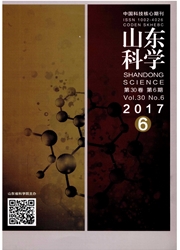

 中文摘要:
中文摘要:
研究在提供公共交通服务信息情况下不同的管制策略对公交企业在设定价格、发车时间间隔的影响.公交管制策略主要包括完全无管制(垄断)策略、完全管制(社会最优)策略、收益率管制策略和数量控制策略.模型假设到站台的乘客流是随机分布的,乘客根据公交公司的服务频率和信息质量来决定是否事先计划行程以最小化自己的期望出行成本.研究表明,不同管制下的信息质量与乘车人数、信息质量与发车时间间隔有类似的对应关系,社会最优时提供信息质量好于垄断最优,且乘车人数是垄断最优的2倍,其他外生变量对4种管制下的决策也具有显著影响.
 英文摘要:
英文摘要:
The effects of various regulation strategies on the transit fare and frequency in public transit system with information provisionwas studied. Besides two extreme strategies, namely monopoly optimum and social optimum, the rate-of-return strategy and quantity control strategy were also investigated as two more real- istic regulation policies. The model assumes that the arriving passengers follow passion process and the percentages of passengers who plan their trips are endogenous and depend on the frequency of service and on the quality of information provided. There is a certain relationship between monopoly optimal and social optimal under the above model. In addition, the problem of profit maximization by public transport company under transit regulations was also analyzed. The results of the study found that the information provided under- social optimum is better than monopoly optimal, and the number of passengers under social optimumis two times than monopoly optimal, other exogenous variables also have a significant effect of the four kinds of regu- lation strategies.
 同期刊论文项目
同期刊论文项目
 同项目期刊论文
同项目期刊论文
 期刊信息
期刊信息
